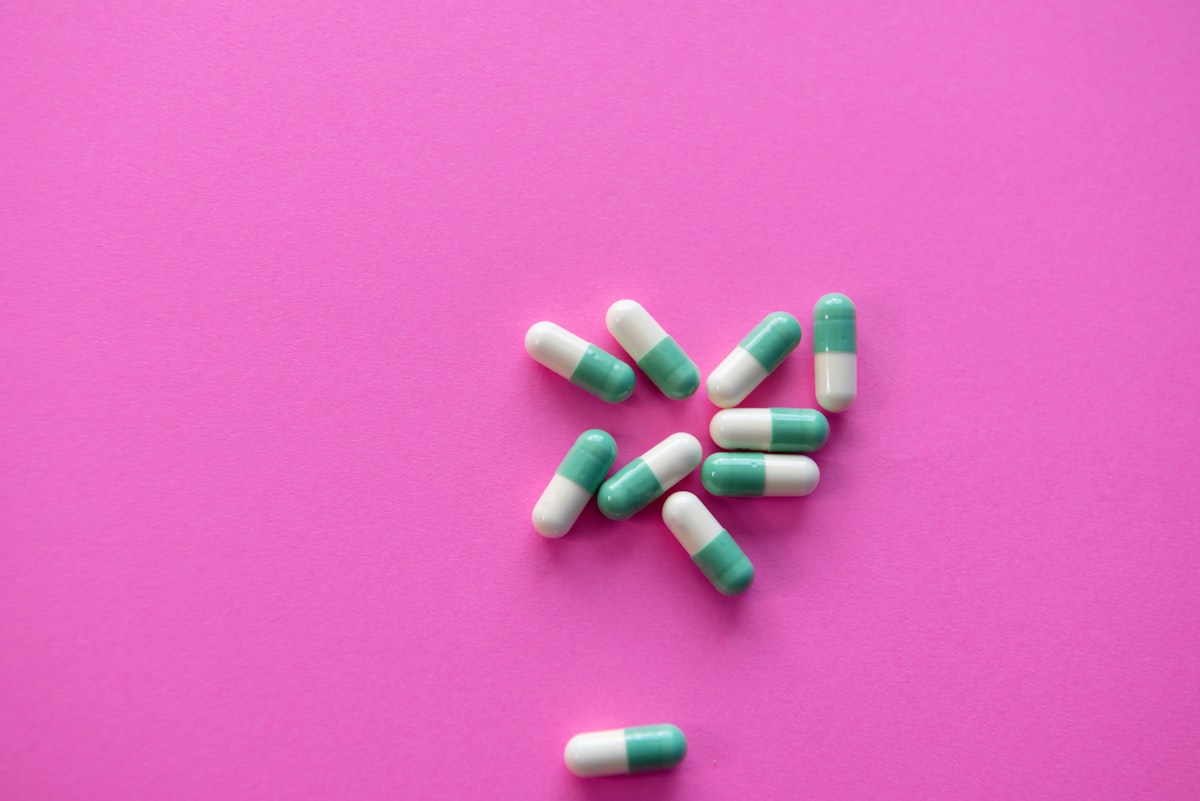Improved efficacy of oral medications and protection of the active ingredient
The aim is to prevent oral drugs from losing their efficacy on their way to the bloodstream. The patent's purpose is to avoid pain and discomfort when administering a biotechnological drug intramuscularly.

Researchers from the Faculty of Higher Education (FES) Cuautitlán, headed by David Quintanar Guerrero, generated a new proposal of protective microspheres for active ingredients for the oral administration of drugs, particularly biotechnological drugs, which earned them third place in the recent edition of the UNAM's Program for the Promotion of Patenting and Innovation (PROFOPI).
"Our intention was, on the one hand, to avoid the pain and discomfort caused by the application of intramuscular or intravenous drugs, such as insulin, for example, and to determine whether the oral route can function as a conventional route of easier administration and greater protection for this medication. The proposal provides an improvement in its supply and could become a universal form for its application," said the expert in Pharmaceutical Sciences.
This is the project "Pharmaceutical formulation for mucosal administration of sensitive materials and substances or mixtures thereof and the process to obtain the same", to prevent the active ingredients (e.g. peptides and proteins) from degrading on their way into the patient's bloodstream.
Quintanar Guerrero explained that the advantage of the proposed system, together with his collaborators David Lechuga Ballesteros, former academic of the FES Cuautitlán, and Diana Irene Contreras Ortiz, graduate of the Master of Science program, is that it only requires a spray-dryer, which is today conventional equipment in the pharmaceutical industry, and in two stages the protection system can be elaborated.
In microspheres - commonly used at the industrial level for the release of biotechnological drugs - each microparticle in the formulation promotes the generation of a microenvironment at the site of contact between them and the intestinal mucosa, increases the resistance time of the active ingredient, and enhances absorption.
He indicated that the business sector needs to generate dosage forms that work differently, particularly for new biotechnological molecules whose requirements are very different from traditional therapeutic molecules.
"With the emergence of what we call the nanotech wave, molecules are starting to be formulated differently, fundamentally peptides and proteins, as is the case with vaccines," he said.
We looked at how to make a complete strategy to prevent these types of materials from degrading orally. In this case, insulin was used as a biotechnological asset model, which was placed inside a microsphere coated with a polymer that gave it resistance to the gastrointestinal tract by incorporating known methodologies. That is, an agent that protected it from degradation and did not dissolve in the stomach, but in the intestine, "what we call a gastro-resistant or enteric system".
The main intention of various research groups around the world is to seek strategies with which active ingredients, such as insulin, can be administered by other routes that are not as invasive as intramuscular and intravenous. From there, ideas arose, for example, enzyme or protease inhibitors, bioadhesive, and unidirectional systems; in other words, that stick to the region of the gastrointestinal tract orally and in the mucosa only have contact with the region of absorption.
Therefore, the main objective, in this case, is to protect the active ingredient from degradation in the stomach, so that when ingested it allows it to be absorbed. "With this, we are trying to prevent the patient from having to take intramuscular medication all the time, which, apart from being painful, is uncomfortable for them," he added.
Tests were carried out on rats to measure blood sugar levels through the use of test strips, which made it possible to evaluate the efficiency of his oral system, and it was identified that it has protection that provides certain bioavailability to the substance; in other words, it increases the amount that goes into the blood. The method is universal, it can be used for any biotechnology that requires protection.
We are currently studying other biotechnological drugs and vaccines that are sensitive and which allow us to evaluate the complete efficiency of the process, the specialist emphasized.




